Colored balls and fake kelp help juvenile salmon overcome boredom in tanks, reduce fin nipping
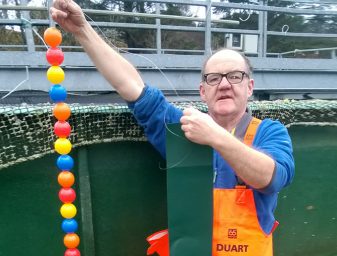
Animal welfare is a primary concern for salmon farming company Loch Duart, whose production has long been RSPCA Assured (Royal Society for the Prevention of Cruelty to Animals). This standard covers all aspects of the fish’s lives, including health, diet, water quality, husbandry, handling and slaughter.
There is seemingly little to add to this list, but recently, manager David Roadknight and his team at Loch Duart’s hatchery in Sutherland, Scotland, have started to look at environment enrichment.
Roadknight said the young salmon had been observed nipping each other’s fins, a practice that needed to be controlled to prevent damage to the health and quality of the fish. Fin nipping is similar to tail biting in farmed pigs and feather pecking in farmed hens, but less understood.
Until now, it has been generally accepted in the industry that fin damage was an indicator of poor fish welfare, such as overcrowded conditions, low water current or interruptions to feeding, but Roadknight believed his fish were already being kept in the best possible conditions.
“There is plenty of research on behavioural issues in land-based farmed animals, but little had been done on juvenile marine fish, yet there was something obviously lacking in their environment,” he explained.
The team observed the fish carefully over a number of weeks, gradually ticking off possible causes in consultation with the Institute of Aquaculture at the University of Stirling. While a gradual lessening of fin damage was noted, it remained an issue.
Roadnight then had a lightbulb moment: Could these behavioural issues be attributed to boredom?
“Tank interiors are uninteresting places for fish so we hit on the idea of providing some sort of environment enrichment to see if this would have any effect on the fin-nipping issue. We know that many farmed animals are provided with points of interest to lessen their boredom, so why not fish, which spend around one year in the tanks?” he said.
By way of experiment, Roadnight introduced a string of brightly coloured balls and a strip of green tarpaulin to a tank of fish. Their behaviour was compared with that of fish held in a control tank.
Play is an integral part of life and may make a life worth living.
The balls immediately became points of interest for the salmon to play around, changing their swim pattern from one of going round in aimless circles, and providing an alternative focus to fin nipping.
The tarpaulin gave the young fish a place to hide from predators, which is something they do instinctively as a survival measure. Even from a hand passed over the tank. Hiding also affords a measure of protection against “bully” fish, which are the major biting culprits.
“I realised that in nature, the fish have reeds and weed in which to hide from predators, whereas an aquaculture environment is sterile. It is already well documented that fish dive deep when something flies over the top of their tank. When we introduced the fake kelp we noticed a difference in behaviour straight away,” he said.
Play is not meaningless
In the United States, at the University of Tennessee, Gordon Burghardt and Vladimir Dinets, along with James Murphy of the Smithsonian National Zoological Park in Washington DC, are the first to document play with objects in a cichlid fish species, which includes tilapia.
Burghardt, a professor in the departments of psychology, ecology and evolutionary biology, is known for defining play in a way that allows it to be identified in species not previously thought capable of doing so, such as wasps, reptiles and invertebrates.
“Play is repeated behaviour that is incompletely functional in the context or at the age in which it is performed and is initiated voluntarily when the animal or person is in a relaxed or low-stress setting,” said Burghardt.
The team studied three male fish in an aquarium over two years, repeatedly striking a bottom-weighted thermometer, regardless of other local stimuli.
“The quick-righting response (of the thermometer) seemed the primary stimulus factor that maintained the behaviour,” said Burghardt. “We have observed octopus doing this with balls by pulling them underwater and watching them pop back up again. This reactive feature is common in toys used for children and companion animals.”
Burghardt’s research illustrates how play is part of an animal’s evolutionary history and not just random, meaningless behaviour.
“Play is an integral part of life and may make a life worth living,” said Burghardt.
Small trial with promising results
At Loch Duart in Scotland, scientists monitored the fish using a GoPro and timed how long they took to revert to normal swimming patterns once they had been disturbed by passing a shadow over the tank. Fish in the non-enriched environment fish took 9 minutes, compared to just 1.5 minutes from those able to hide from the perceived threat to their safety.
“One major welfare benefit of the enrichment is that the fish were found to use the whole tank space instead of spending much of their time crowded in the bottom half,” said Roadknight.
After just a short trial, dorsal fin quality appeared to be improved and this was confirmed by Jimmy Turnbull BVM&S, MSc, PhD, MRCVS, professor of Aquatic Population Health and Welfare at Stirling.
It is already well documented that fish dive deep when something flies over the top of their tank. When we introduced the fake kelp we noticed a difference in behaviour straight away.
“The trial was a very small study and you cannot extrapolate too much from it, but the fish in the tanks with enrichment had better fins, which made it very promising,” said Turnbull.
He explained that the initial experiment has now turned into a longer-term study with several fish farms, using just the kelp strips. These were thought to offer the best long-term option for fish welfare.
Alban Denton, Managing Director of Loch Duart, believes that Roadknight’s innovation has the potential to improve the welfare of salmon in hatcheries significantly.
“Several years ago, when we won a gold Taste of Britain Award, our salmon made the headlines under the banner, ‘Fish can be happy too…’ because of our attention to their welfare,” said Denton. “But that wasn’t the end of the story, it was just the beginning; we believe there is always room for improvement and we are thrilled to continue our role as innovators in salmon production.”
Author
-
Nicki Holmyard
Nicki Holmyard has written about the seafood industry for longer than she cares to remember! A committed pescetarian, she is also a partner in the UK’s first fully offshore rope-grown mussel farm.
Tagged With
Related Posts

Innovation & Investment
Aquaculture Exchange: David Little, University of Stirling
David Little, professor at the University of Stirling in Scotland, tells the Advocate about the rapid evolution of the aquaculture industry in Southeast Asia — where he made his home for many years — and discusses the role of academia in ushering in new eras of innovation.
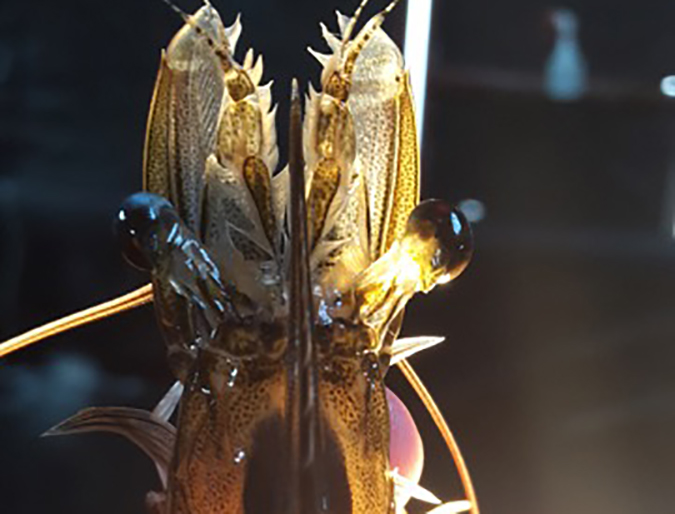
Health & Welfare
Seajoy’s ablation-free shrimp answers emerging welfare concern
Removing the eyestalk of broodstock female shrimp aided in the explosive growth of commercial-scale aquaculture. An undertaking by a Central American shrimp farmer has shown that producing shrimp without ablation can ease animal welfare worries without the feared drop in production.
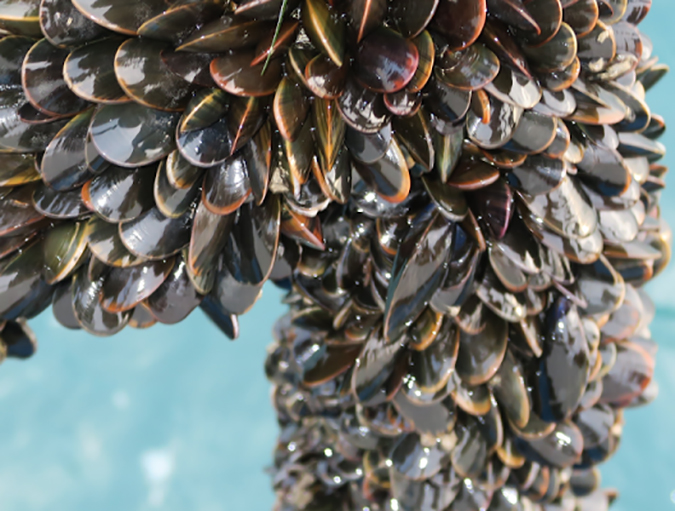
Innovation & Investment
Pioneering U.K. mussel farm channels innovation, ambition
John Holmyard’s family has navigated a complex journey to get their rope-grown mussel farm operational in the waters off southern England. Offshore Shellfish Ltd. has solved the puzzles of bespoke equipment, a perplexing permitting process and the social license to operate.
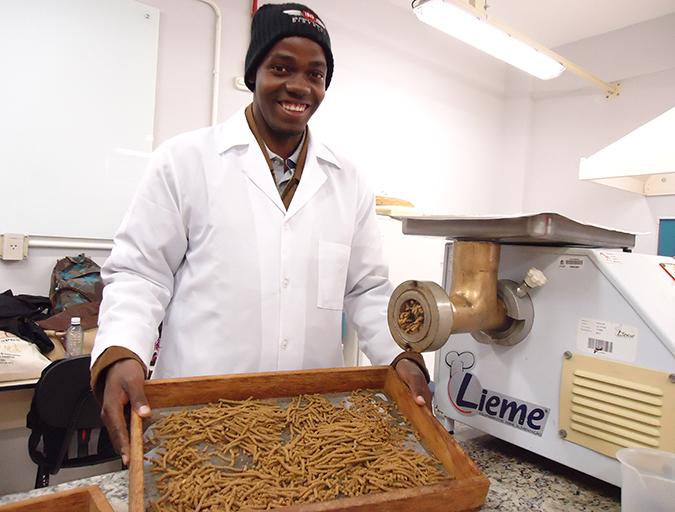
Health & Welfare
Stirling researcher preps eyestalk-ablation alternative trials
University of Stirling Ph.D. student Simão Zacarias, who is from is Beira, Mozambique, will soon travel to Isla del Tigre, Honduras, to document evidence showing the benefits of breeding shrimp without eyestalk ablation. His is a journey of hopeful discovery.
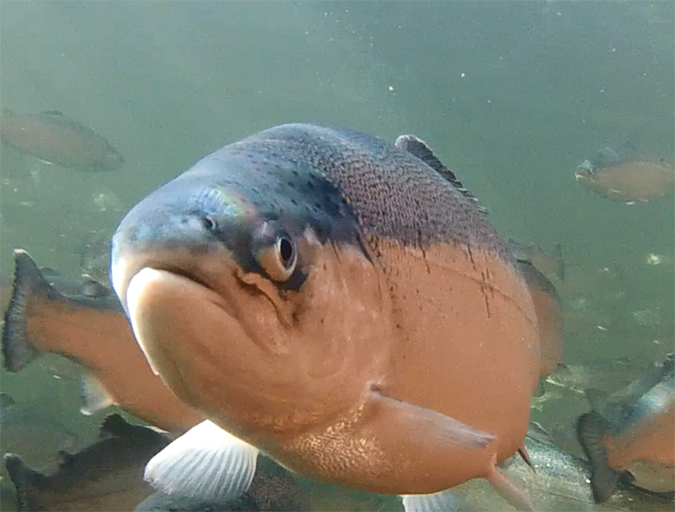
Innovation & Investment
Mucosal mapping architect wins aquaculture innovation award
Quantidoc AS in Norway is the commercialization of Prof. Karin Pittman’s years of fish health research. Pittman, winner of this year’s Global Aquaculture Innovation and Leadership Award, utilizes stereology to measure and better understand mucous on gill, gut and skin tissues – the first line of defense for fish.


